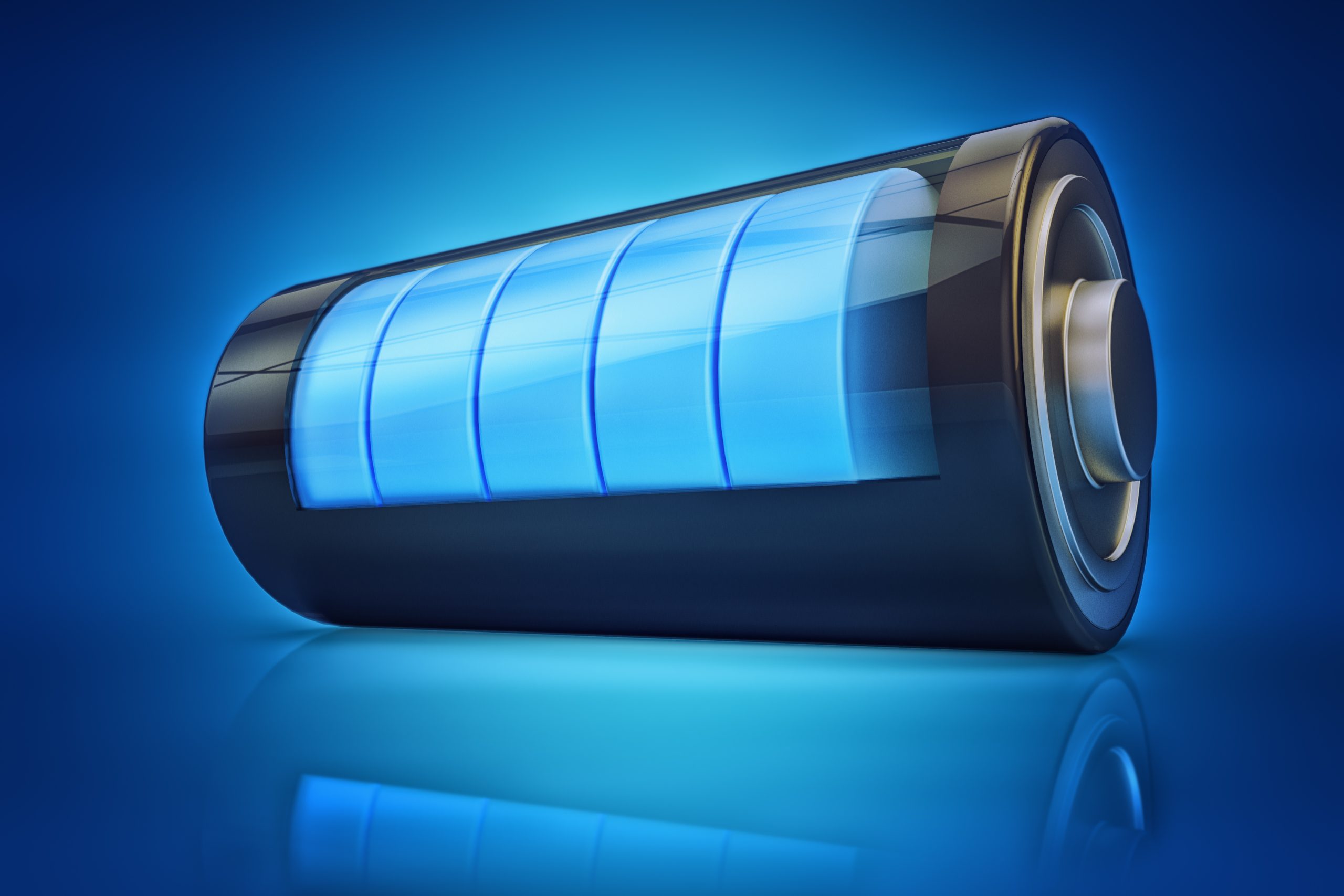如何利用流變學改良電池電極漿料
Morgan Ulrich | Julienne Regele | Hang Lau
September 26, 2023
從輕薄的筆記型電腦到長途電動汽車,無數應用都需要提高鋰電池的能量密度和性能。由於電池電極直接影響電池的能量密度和性能,因此電池研究人員對電極及其組成特別感興趣,希望將技術推向更高境界。電池漿料加工處理也是製程中的關鍵步驟,是提升效率並降低成本的重大機會。
改良漿料穩定性和流動性需要找出陰陽極材料、黏著劑、添加劑和溶劑的理想配方。流變學研究材料流動與變形,是漿料研究、開發與品質管制的有用分析方法。
流變學有助於電池生產商測量並分析關鍵漿料特性,包括:
- 混合及塗布
- 結構變化及恢復
- 穩定性及保存期
- 電極同質性
- 品質管制

流變學可以測量什麼?
對於電池漿料來說,下列三個流變測量非常重要:黏度、搖變係數和降伏應力。
黏度衡量漿料流動阻力或其內部摩擦力。漿料的配方及原材料能夠大幅改變其流動行為。瞭解漿料的流動性質有助於改良混合與塗布過程的條件。
搖變行為說明材料的結構會隨時間變化而變形,能提供漿料靜止時的結構、在塗布過程中如何變形,以及塗布後如何快速恢復的相關資訊。
降伏應力為使材料開始流動的施加應力。在低於降伏應力的應力值之下,材料不會流動。降伏應力對於預測漿料的保存期與對抗沉降的穩定性是一個關鍵數值。
改良漿料配方和製程的方法
漿料流變學協助研究人員決定其電極的最好配方。譬如說,流變學能夠靈敏區分出多種不同漿料配方之間的穩定條件。在《Essential Battery Slurry Characterization Techniques》 中的一項實驗,利用流變分析來找到出色的同質混合物及更好的電池性能。請按此處參看電子書中的實驗與其結果。
電極漿料基質內含活性粉末,它對電池功能和性能十分重要。粉體流變學可測出粉體材料的內聚力、降伏強度和流動性。然而,粉體的形狀、大小和表面處理可以改變漿料行為,從降低黏度到便於分散。藉由粉體流變學可以得知理想的儲存條件,以及達到最佳粉體流動又防止粉末結塊的程序。請參見《Essential Battery Slurry Characterization Techniques》電子書第 11 頁的研究,得知流變學如何減少結塊的發生,並達到同質性電極塗層。
研究人員也使用流變學來開發更好的電極漿料加工條件。分別來自橡樹嶺國家實驗室(Oak Ridge National Laboratory,ORNL)以及田納西大學的 Hawley 與 Li 利用 TA Instruments Discovery 混合流變儀研究漿料特性以改良加工條件,並且發表他們在漿料混合與塗布溫度方面的發現。他們觀察到提高加工溫度可以提供更快、無瑕疵的塗層,同時減少加工過程的浪費,並提高抗沉降性。
在實驗室中進行電極漿料流變學
有了頂尖的直觀技術,我們比以往更容易獲得可靠的漿料流變測量和分析。TA Instruments Discovery 混合流變儀在性能、易用性與多功能流變測試方面樹立了產業標準。
在完整的漿料流變學電子書中了解更多關於漿料流變學的應用,並查看真實的實驗範例。這份免費資源匯集了一些研究,展示如何改良漿料配方和加工條件以提高電池性能。
欲獲得漿料流變學如何推動電池開發的個人諮詢,請聯絡 TA Instruments 專家。
Download Slurry Rheology eBook






